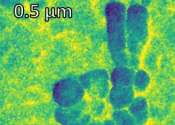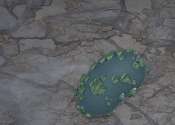The Helmholtz Association of German Research Centres is a union of 15 science, technical, biologic, and medical research centers within Germany. Collectively, the association employs more than 27,200 professionals and offers training for advanced students and investigators. The association divides its interest areas into Energy, Earth and Environment, Health, Key Technologies, Structure of Matter and Transport and Space. The centres are funded more than 2-billion Euros each year with a combination of national, local and private grants.
- Address
- Ahrstra?e 45
53175 Bonn, Germany
- Website
- http://www.helmholtz.de/en/
- Wikipedia
- http://en.wikipedia.org/wiki/Helmholtz-Gemeinschaft
Some content from Wikipedia,
licensed under CC BY-SA
Subscribe to rss feed









